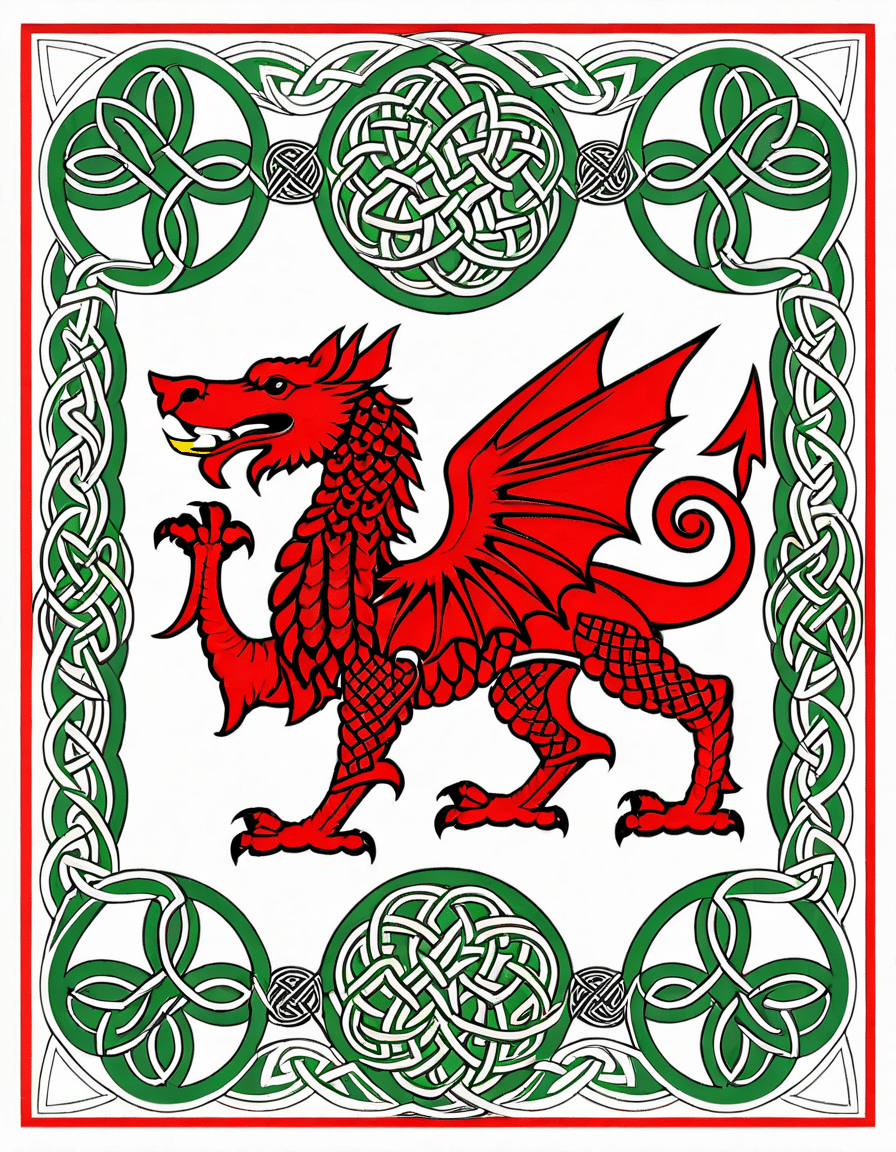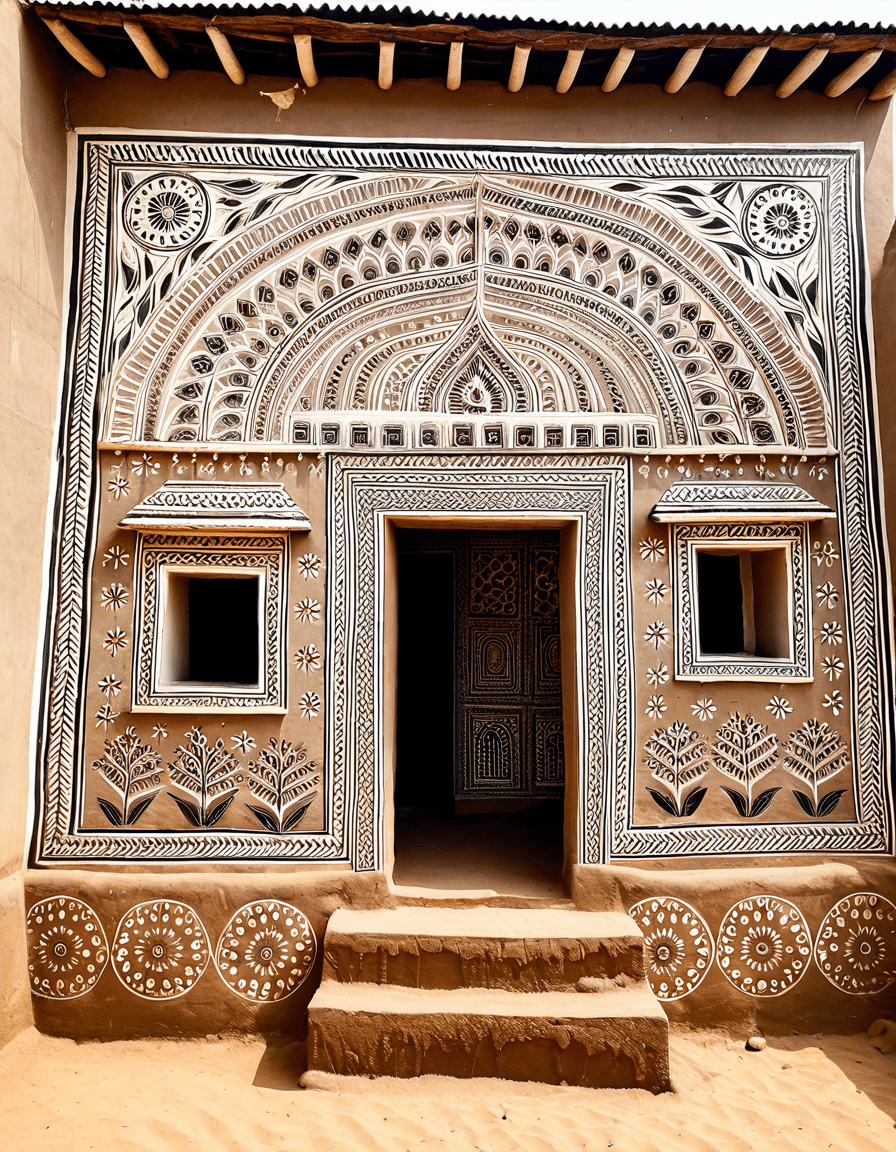The Welsh flag, with its striking design of a red dragon on a white and green field, is more than just a piece of fabric. It’s a powerful emblem of Welsh heritage and national pride. The boldness of the Welsh flag flows from the deeply rooted legends and historical narratives that fuel its significance. For the people of Wales, this flag is a beacon of identity, symbolizing a culture rich in stories, struggles, and aspirations. Whether you’re at a rugby match in Cardiff or attending an arts festival in Aberystwyth, the Welsh flag is there, waving proudly as a representation of unity and resilience.
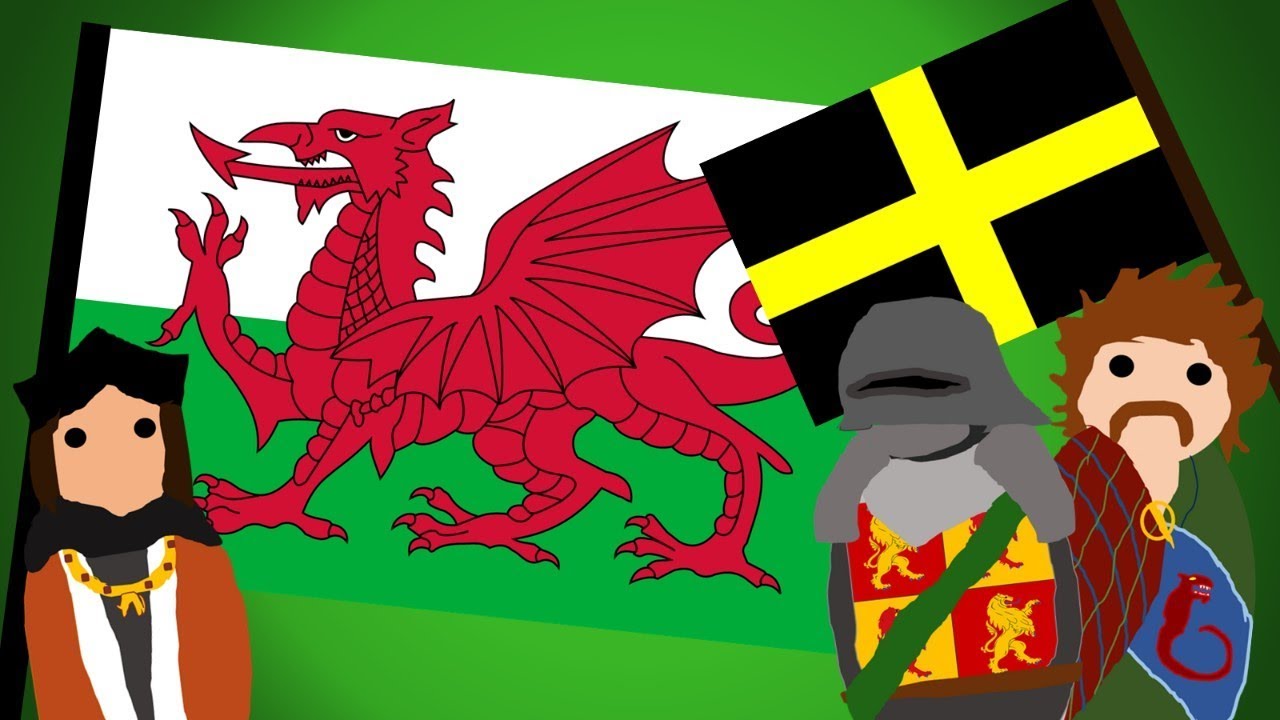
The Rich History Behind the Welsh Flag
The origins of the Welsh flag are steeped in myth and tradition. The red dragon, known as “Y Ddraig Goch,” has roots stretching back to ancient Welsh tales, including the Mabinogi, a treasured collection of mythological stories that speak to the heart of Welsh culture. Legend has it that the dragon symbolized strength and power — qualities that resonate with the nation’s fierce spirit.
In 1959, the Welsh flag was officially adopted, marking a pivotal moment in the country’s pursuit of identity. However, the flag’s imagery transcends the decades; it has long represented the Welsh people’s enduring struggle for recognition and cultural preservation. Every time you see the flag flying, you witness a testament to how folklore and history feed into national pride.
It’s essential to understand that this flag is not just about heritage; it’s a living symbol that captures the ambitions and dreams of the Welsh. The Welsh flag embodies a connection to the past while marching confidently into the future, creating a sense of solidarity among the Welsh people.
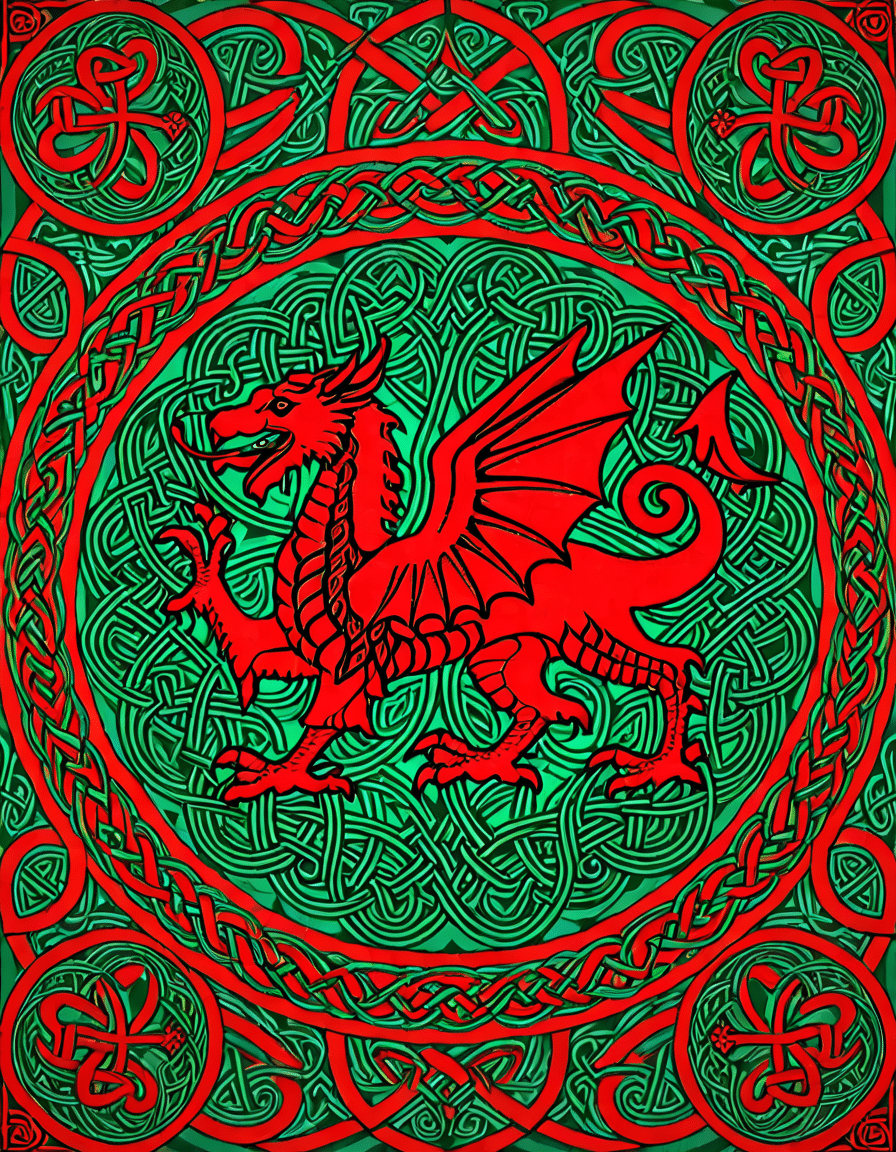
Top 7 Ways the Welsh Flag Represents National Pride
The Welsh flag serves as a vibrant manifestation of national pride for the Welsh people. Here are seven ways it boldly symbolizes heritage:

Comparing the Welsh Flag and Other National Flags
When you put the Welsh flag side by side with other national symbols, like the Scottish Saltire or Ireland’s tricolor, intriguing contrasts arise. The Saltire, while simpler in design, reflects the shared Celtic heritage of both countries. Conversely, Ireland’s tricolor is a representation of peace and unity, differing significantly from the aggressive imagery of the Welsh flag.
These comparisons reveal how different cultures employ symbols to portray messages about heritage, conflict, and aspirations. The Welsh dragon’s fierce representation sets the Welsh flag apart as a testament to resilience and determination, rooted in mythology that speaks to the Welsh spirit’s vibrancy.
This rich tapestry of symbolism underscores how the Welsh flag forms an integral part of Wales’ identity while navigating its relationships with neighboring cultures. It’s fascinating to see how different flags articulate their national stories, but the Welsh flag stands out as a bold statement of pride.
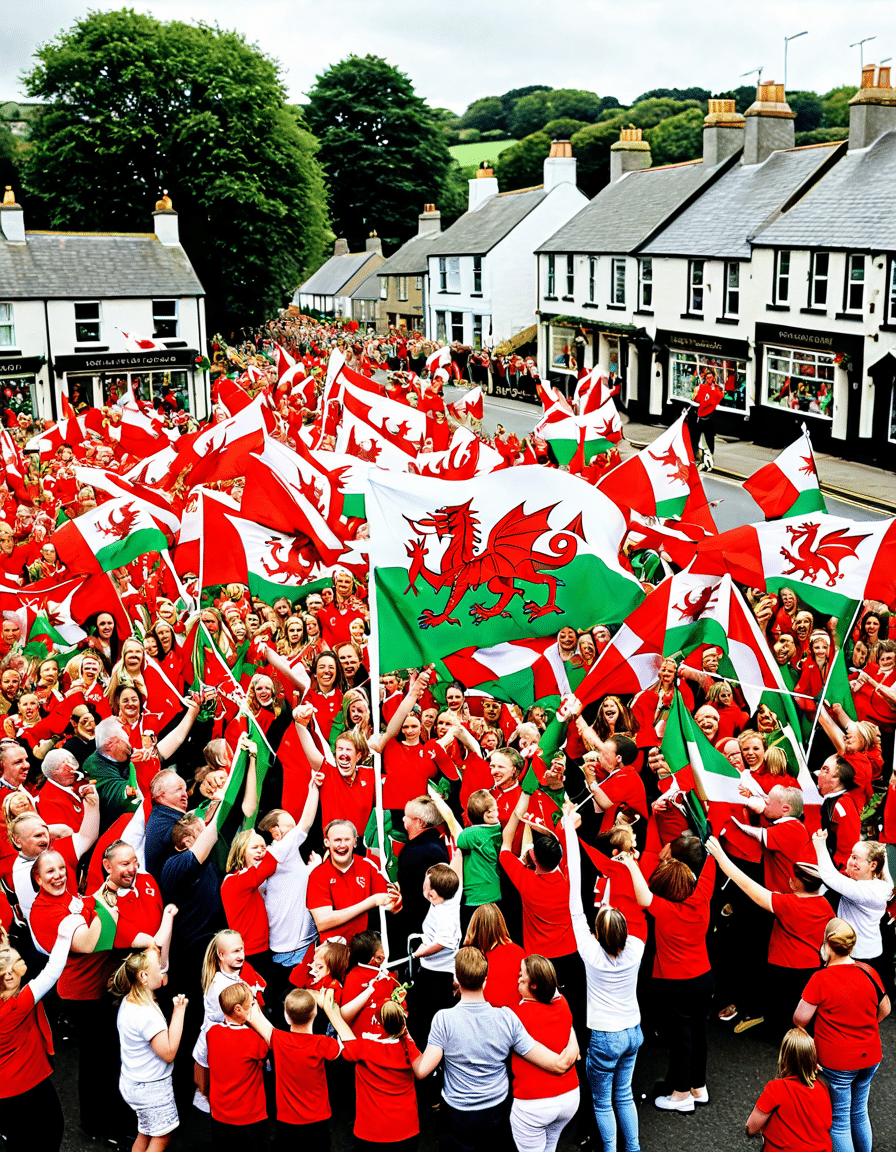
The Welsh Flag’s Impact on Modern Identity
As we move into the future, the Welsh flag continues to be a vital symbol of modern identity. In a globalized world, localized identity can become a source of strength, and the Welsh flag plays a vital role in preserving the Welsh language, culture, and values.
The rise of social media platforms has facilitated a new wave of pride surrounding national symbols like the Welsh flag. You’ll see people sharing photos of the flag on Instagram and Twitter, often tagging with #DdraigGoch, to celebrate their Welsh identity. This digital presence reaffirms how essential the flag remains in contemporary discussions around community and belonging.
Through these modern platforms, the Welsh flag demonstrates that it is not merely a relic of the past but a relevant force in today’s societal dialogues. It offers the people of Wales a canvas of pride and resistance against cultural homogenization.
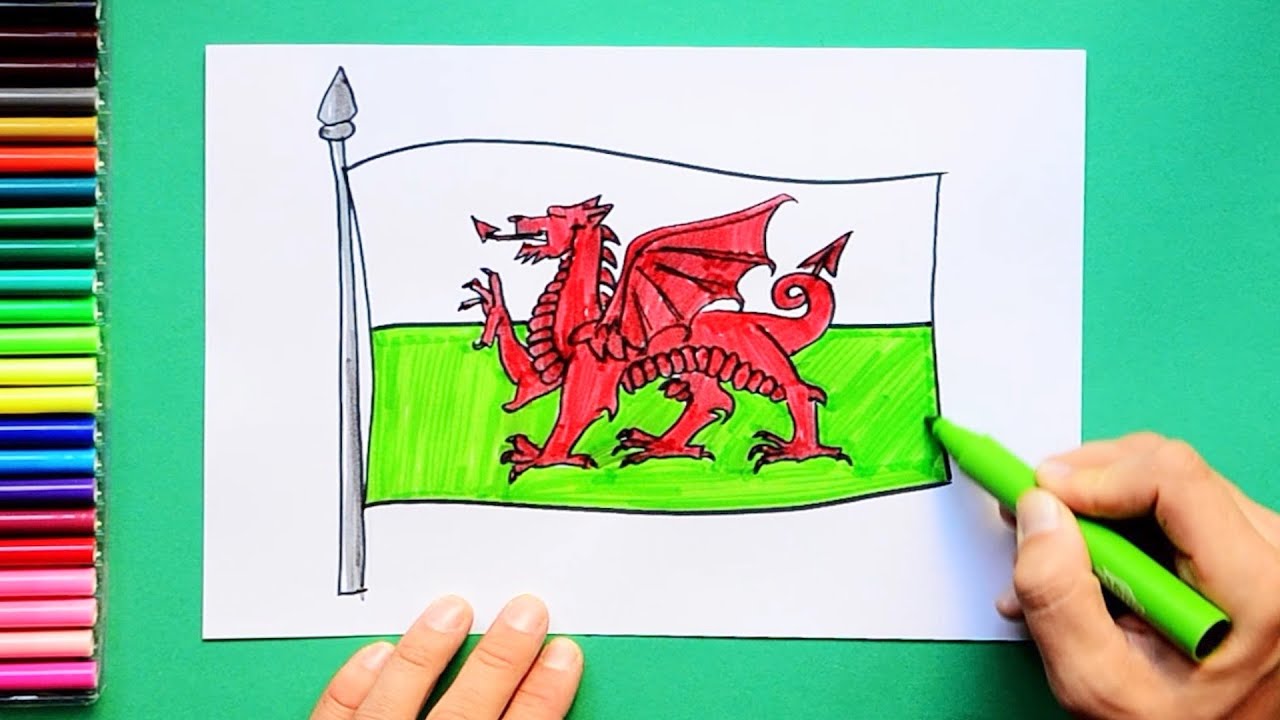
Innovations and Adaptations of the Welsh Flag
In recent years, creative innovations around the Welsh flag have surfaced, reflecting changing sensibilities while respecting tradition. Young designers are using the flag’s color palette and imagery in contemporary streetwear, revitalizing its visual appeal among the youth.
Additionally, forward-thinking companies, especially in tech, are integrating the Welsh flag into their branding. Companies are aligning themselves with the flag’s proud heritage, aiming to connect with consumers’ sense of national pride while championing modern values.
As Wales embraces its cultural heritage in a connected world, the Welsh flag remains a critical aspect of this journey. It evolves, elicits a sense of belonging, and anchors the community as it looks to the future.
The Welsh flag tells a story filled with heritage, identity, and resilience. As it continues to fly high, it acts as a rallying point for celebrating heritage, remembrance, and progress. As we look ahead, this powerful emblem reminds Wales to maintain a proud stance, weaving its rich history into the narrative of modern life. That’s the essence of the Welsh flag: a bold statement that reflects both where Wales comes from and where it’s headed.
Welsh Flag: A Bold Symbol of Welsh Heritage and Pride
The Origins of the Welsh Flag
The Welsh flag, featuring the striking red dragon, is not just a pretty sight; it has a rich history steeped in folklore. Legend has it that King Arthur himself was said to have fought against the invaders under this very banner. Speaking of legendary creatures, dragons are found in various cultures, much like the iconic Norwegian flag, which features its own unique symbols. Did you know that the current design of the Welsh flag was officially adopted in 1959, but it actually dates back to the 15th century? This adds a certain charm to the already captivating story of Welsh heritage.
The Colors and Symbolism
Colors tell stories, and those on the Welsh flag do not disappoint. The dragon symbolizes strength and valor while the green and white stripes represent the lush landscapes of Wales. Interestingly, the contrast in colors can remind one of the elegance depicted in the Chinese reassembly puzzle, which showcases intricate designs and vibrant hues. If you ever find yourself in Wales, you’ll likely see the flag proudly waving at events and celebrations, a testament to national pride. Much like how the Bridge of Sighs in Venice attracts tourists with its beauty, the Welsh flag beckons a sense of identity and history.
Fun Facts and Trivia
Here’s a fun fact: the dragon on the flag is officially known as Y Ddraig Goch. This fiery creature isn’t just a symbol on the flag; it is deeply rooted in Welsh folklore. There’s even a charming story about how the dragon was said to represent the struggle between the Saxons and the Welsh. Plus, just as some people have fortunes told by the mystical Deck of Many Things, those curious about Welsh culture can uncover countless stories embedded within this iconic banner. Want something quirky? The very fabric and design of the flag have made it popular with modern artists, some of whom you might see showcased at places like the cool Ace Hotel Brooklyn, where art meets hospitality.
So, the next time you spot the Welsh flag flapping in the wind, take a moment to appreciate the legends, colors, and stories woven into this beloved emblem that celebrates a distinct heritage. Whether you’re exploring the natural beauty of Wales or simply admiring its culture from afar, the Welsh flag stands tall, radiating pride and history.













